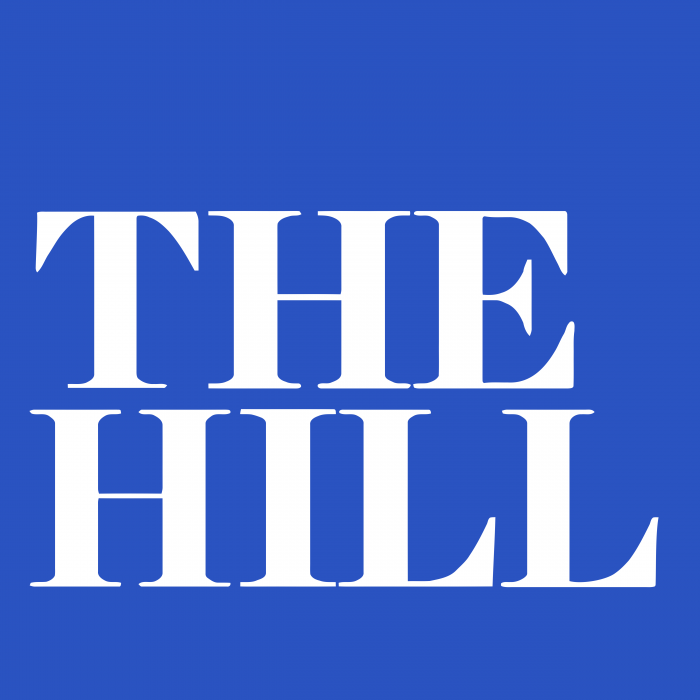We should Re-Open The Economy The Same Way We Shut it Down: Here, There and, Then, Everywhere — And Soon.

The Hill, April 16, 2020 … It is not “stimulus” if there’s nothing to stimulate. With almost all states having ordered citizens to stay home and most businesses to shutter, the coronavirus “stimulus” bill passed by Congress and signed by President Trump on March 27 is really a “bridge” bill — a bridge to an uncertain future time when people can go back to work and businesses can reopen.

If the shutdown goes too long, some workers and businesses may not survive or be able to revive. If it goes too long, the $2.2 trillion may be exhausted in the “bridge” phase, leaving nothing for an actual stimulus phase. A prolonged shutdown based upon an “abundance of caution” may carry instead an overload of danger.
The president has reiterated a very general hope to restart the economy on May 1 and, on Wednesday, said some states may be able to open earlier. Other states have leapfrogged beyond that, however, and adopted much longer shutdown periods; Virginia, for example, has a shutdown order through June 10. That may make sense for some areas, most obviously the immediate New York City area; in others, particularly rural areas, it probably does not.
We should remember that the objective of the extraordinary stay-home measures was to “flatten the curve” of infection, not to eliminate it. Once the spread of the virus has been slowed to keep it within hospital and medical capacity, that goal will have been achieved and extreme measures should be lifted. In his daily briefings, Gov. Andrew Cuomo (D-N.Y.) has said the curve of infection appears to be flattening in the New York City metropolitan area, the acknowledged epicenter of the crisis.
As we approach the time to reopen the country, the larger question is how we should restart our economic engines. We should reopen the same way we shut down — namely, here and there based on conditions on the ground but in reverse sequence, starting where conditions are the best. Anthony Fauci, director of the National Institute of Allergy and Infectious Diseases, and U.S. Surgeon General Jerome Adams have said as much in White House briefings.
However logical, this may not be easy. As the crisis has unfolded and state after state has adopted stay-home policies, a natural and admirable spirit of unity has developed. And there’s a danger that unity will result in a demand for uniformity.
Indeed, two regional compacts of states were announced, each comprising about 50 million Americans and all but one controlled by Democratic governors. It is hard not to see this as solidifying uniformity — or, worse, injecting partisanship — and, inevitably, introducing unnecessary bureaucracy with its inescapable delay and red tape.
It is hard not to see more of a top-down approach and an extra layer of oversight disencouraging the emergence of green shoots of renewal in local areas. Areas still shut down may resent those areas being reopened, suspecting political unfairness of some kind; it is hard not to see regionalism keeping large sections of the nation closed until every last area is ready to reopen. Yet, awaiting such uniform, universal readiness would be lunacy.
The president has taken the first step in the opposite direction. Late last month, in an action now seemingly forgotten, he asked all 50 state governors to rate the risks in each county in their respective states as high, medium or low. His focus on county-level assessments is important, since there can be as much difference within states as between different states. My home state of Connecticut is a good example: Despite proximity to New York, the state is suffering only moderately from coronavirus; moreover, within Connecticut, one county out of the state’s eight — Fairfield County — has almost half of the state’s cases and deaths. Connecticut’s four relatively rural eastern counties have less than 6 percent of the state’s cases and less than 4 percent of hospitalizations.
Eastern Connecticut arguably could reopen sooner than the rest of the state; it should be governed by a different policy than Fairfield County. Reopening eastern Connecticut on May 1 should not be ruled out — and yet, Gov. Ned Lamont (D-Conn.) did just that last week when he extended his statewide stay-home executive order to May 20.
It is so critically important to reopen the economy as soon as possiblethat areas fortunate enough to have low-risk factors should not only be identified but should be further advantaged with policies designed to protect them and to accelerate their reopening. This is as important as rushing resources to areas still heavily afflicted.
As a nation we should recognize that the sooner some areas recover, the sooner we all recover. Those first to reopen will provide strength to the nation as a whole and that strength, in turn, will help lift lagging areas, ultimately hastening a nationwide recovery.
Take testing: We should test as intensively in eastern Connecticut as in New York City — in the former case to accompany (not precede) an early reopening and, in the latter, to cope with the epicenter of the continuing crisis. In eastern Connecticut, testing could be surveillance testing to ascertain whether the virus is silently spreading, perhaps in asymptomatic victims, and to determine the level of herd immunity. In New York, diagnostic testing could continue to be used for those seriously symptomatic. These are different tests, undertaken for different reasons.
In Connecticut, there’s been immediate opposition to Gov. Lamont’s statewide shutdown extension to May 20. As State Rep. Mike France (R-District 42) said, “We believe this extension is premature. There are three more weeks under federal stay-home-shutdown guidance, during which we can further assess conditions. In addition, we want to see the governor’s county-by-county risk assessments and the supporting evidence and analysis. We are unconvinced that his statewide one-size-fits-all policy is the right approach.”
Indeed, imposing a uniform statewide policy upon a state with such wildly divergent internal conditions implies the nation must operate on a lowest-common-denominator basis, with a reopening of the economy anywhere required to await a simultaneous reopening everywhere. That would imply a very long shutdown.
Already, the nation’s economy has been shut down for a full month. Adding five or more weeks, as many are suggesting, would keep the economy shuttered for the entire two and a half months that the “stimulus” bill and its Payroll Protection Program are designed to cover. That would ensure that the “stimulus” bill would be nothing but a “bridge bill,” if that.
![]()
Red Jahncke is a nationally recognized columnist, who writes about politics and policy. His columns appear in numerous national publications, such as The Wall Street Journal, Bloomberg, USA Today, The Hill, Issues & Insights and National Review as well as many Connecticut newspapers.


There are plenty of businesses, even in tourist areas, that don’t draw anyone from outside the area–don’t even draw locals through the door unless they work there. In an area essentially free from infection, is there significant danger in reopening, say, a screw machine shop that employs a half-dozen workers in different parts of the plant? That’s a common kind of business where I come from–I worked in such places for years. It’s also the kind of business that will have a hard time surviving a long shut-down. I don’t think it’s unreasonable simply to consider allowing such places to… Read more »